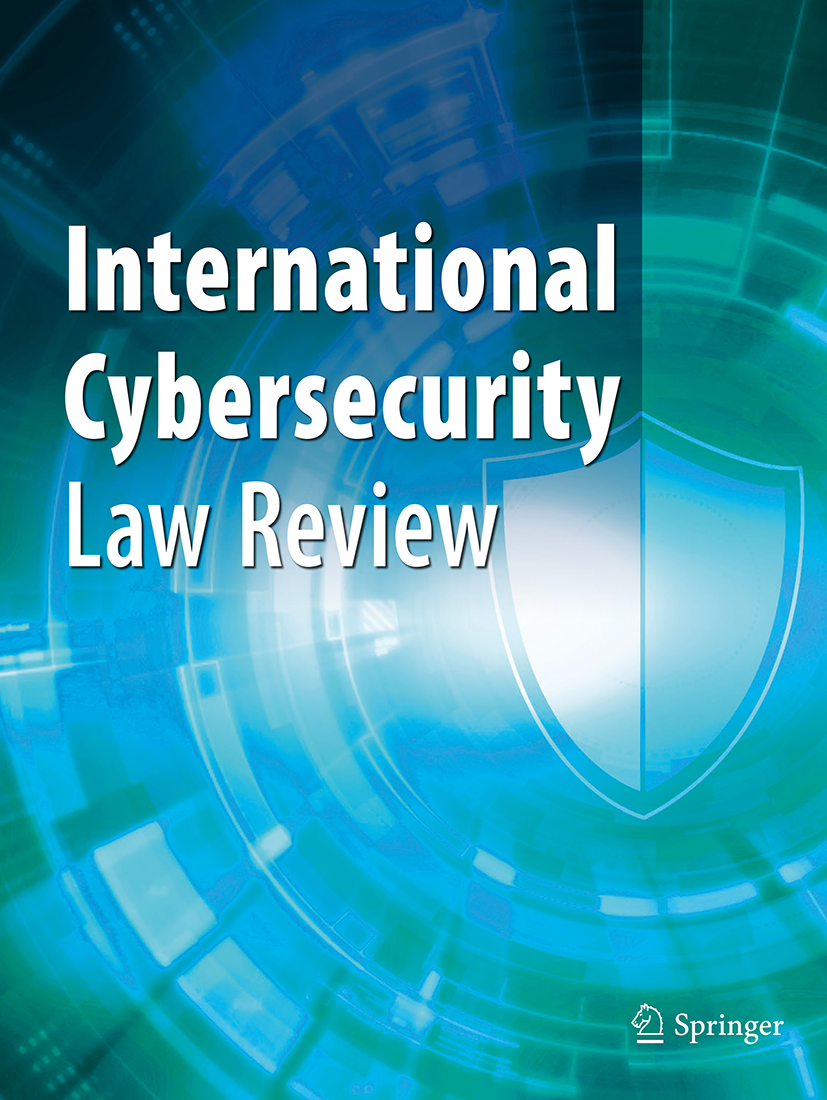Cyber Jurisprudence: A Leap Forward
Published in Social Sciences, Law, Politics & International Studies, and Philosophy & Religion

During my LLM study at Leeds Law School, Leeds Beckett University (UK), in 2022, I was working on a project that the degree committee described as “an ambitious project.” The core of this project was exploring the contribution of domestic judges to maintaining sovereignty and the national borders of their states in cyberspace. Exactly, how do judges enforce the rule of law on the Internet? Studying the judicial contribution in cyberspace implied exploring and analyzing the judgments of domestic courts on litigation caused by human interactions in cyberspace to conclude how they applied traditional legal rules in a technical environment. This was the chief odd against the rule of law in cyberspace, a de facto legal vacuum, which concluding the principles their judgments included disclosed the judicial approach to secure cyberspace.
Concluding the way used by judges to apply the law in cyberspace permitted drawing a complete portrait of judicial thinking of how to interpret legal rules in a different sphere from the original they were drafted to operate within: the real world. The judicial endeavors to interpret and select the most appropriate conception of legal rules introduced a cyber manifestation of the judicial function. Therefore, I concluded at the end of my dissertation the distinctiveness of cyber jurisprudence as an independent branch of legal sciences specializing in merging law and technology. The structure of the judicial application of laws in cyber disputes consists mainly of a combination of law and technology. This successful merger reflects the judicial function in cyberspace.
Nevertheless, searching for literature on this topic proved inefficient due to the novelty of cyber jurisprudence and the remarkable lack of relevant studies. This state-of-the-art invoked my attention to the urgent need to remove the dust-off cyber jurisprudence to introduce it to knowledge. The establishment of cyber jurisprudence manifests the ultimate completion of my LLM dissertation. Thus, I managed to elect an appropriate methodology to achieve this objective, which was studying and analyzing judgments on cyber disputes to conclude the norms utilized by judges to tackle the technical nature of these disputes. These legal norms reflected the judicial interpretation and application of laws in cyberspace since the skill of interpretation, although proven challenging, constitutes a distinguished feature of the judicial function, a gift for judges.
Cyber jurisprudence, accordingly, is a science of studying how judges apply traditional legal rules in cyber disputes. This science required establishing a firm structure to prove its operationality, which implied clarifying its cornerstones. This was the goal of “Introduction to Cyber Jurisprudence.” The article includes the basics of understanding the judicial function in cyberspace. It was finished and submitted to the International Cybersecurity Law Review in July 2024 while in the Hague, Netherlands, for judicial training.
Indeed, the exploration of judicial endeavors to tackle the digital odds of disputes arising in cyberspace between Internet users drafted an image manifesting the emergence and significance of cyber jurisprudence, a new branch of legal studies focused on analyzing court rulings related to cyberspace disputes. The rapid adoption of cyberspace technologies has led to unique conflicts among users, necessitating judicial proceedings for resolution. Traditional jurisprudence is inadequate for these disputes, prompting the need for a new methodology, a combination of law and technology.
Besides, the article sheds light on judicial innovation as a method to overcome digital obstacles; judges use their analytical and innovative abilities to develop suitable interpretations of legal rules that align with the technical nature of cyberspace disputes. This involves reconceptualizing existing legal notions to apply appropriate legal rules. Besides, Integrating smart technologies into the judicial process enhances the efficiency and adaptability of legal interpretations. This trend is evident in various court rulings incorporating technological tools to address cyber disputes. So, the article reviews several court rulings to illustrate the application of cyber jurisprudence in different legal areas, including criminal law, banking and finance, intellectual property, and human rights. Despite the innovative approaches, judges maintain the integrity of their decisions by adhering to fundamental judicial values and principles. They also prioritize human rights, balancing state policies with individual privacy and dignity.
Finally, the article emphasizes the need for a disciplined legal understanding of judicial applications in cyberspace to protect against the potential negative consequences of a legal vacuum. “Introduction to Cyber Jurisprudence” should never be the end of the track but it draws a starting point of a long road to construct a firm legal discipline on the application of law in technical environments. Thus, specialized law and technology research centers worldwide should exert notable efforts to contribute to constructing cyber jurisprudence. It is a successful academic investment to support the solidification of a novel legal science that would enhance the stability of legal interactions among Internet users.
Follow the Topic
-
International Cybersecurity Law Review

This is a journal publishing articles on global developments in cybersecurity, data security, technology, law, and regulation.



Please sign in or register for FREE
If you are a registered user on Research Communities by Springer Nature, please sign in